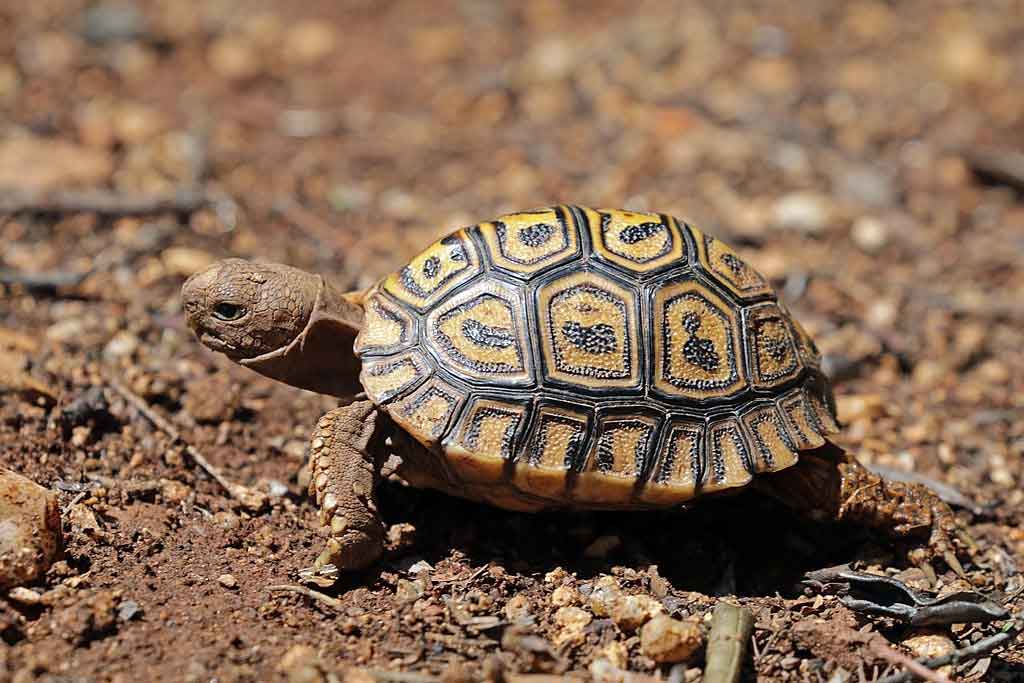
Content |
|---|
The Turtles are reptiles of the family Testudinidae of the order Testudines . They are especially distinguished from other turtles (including order Chelonia) for being exclusively terrestrial, while many (although not all) other turtle species are at least partially aquatic. Turtles have a shell to protect against predation and other threats. The shell of turtles is generally hard and, as well as other members of the suborder Cryptodira, retract the neck and head directly back into the shell to protect themselves.
The size of turtles You can vary, since some species, as the Galápagos giant tortoise, reach more than 1,2 metres in length, while others, as the Spotted turtle (Clemmys guttata), have a shell of only 6,8 centimeters.
They are usually animals daytime with a tendency to be twilight depending on ambient temperatures. They are usually reclusive animals. Turtles are the world's longest-lived land animals, although the longest-lived turtle species is the subject of debate. Galapagos tortoises are known to live more than 150 years, but one Aldabra giant tortoise (Aldabrachelys gigantea) called Adwaita may have lived some 255 years. In general, most species of tortoises can live between 80 and 150 years.
Turtles are placid and move very slowly, with an average running speed of 0,2-0,5 km/h.
Behavior
Communication in the Turtles is different from many other reptiles. Being limited by their shell and short limbs, visual communication is not a strong form of communication in turtles. Turtles use olfactory signals to determine the sex of other turtles and thus be able to find a possible mate. The tactile communication is very important in turtles during combat and courtship. Both in combat and courtship, turtles use the onslaught to communicate with other individuals.
Food
Turtles are essentially herbivores and consume grass, flowers, succulent plants, fruits,… although some species feed on carrion.
Reproduction
Son oviparous and in some species females can several egg layings in the same season.
List of “Land tortoises” for maintenance in captivity

African spurred tortoise

Leopard tortoise

Marginated tortoise

Hermann's tortoise

Greek tortoise

Russian tortoise

